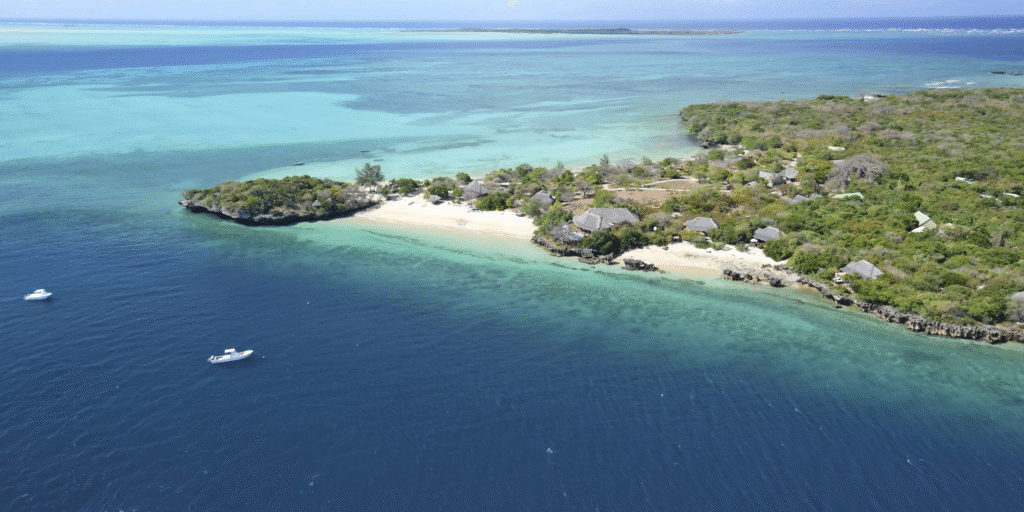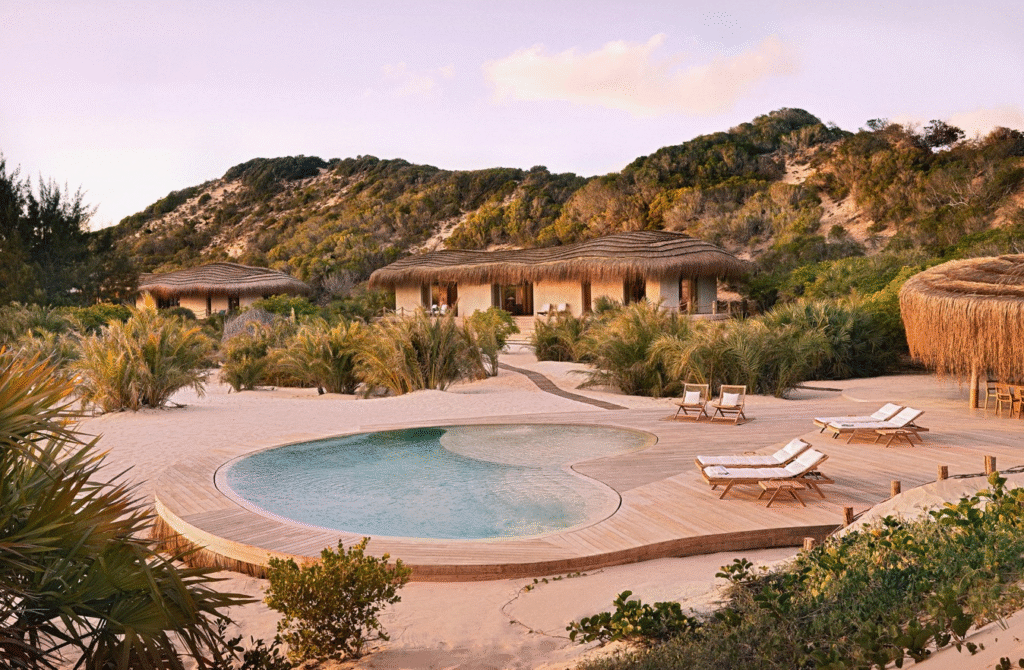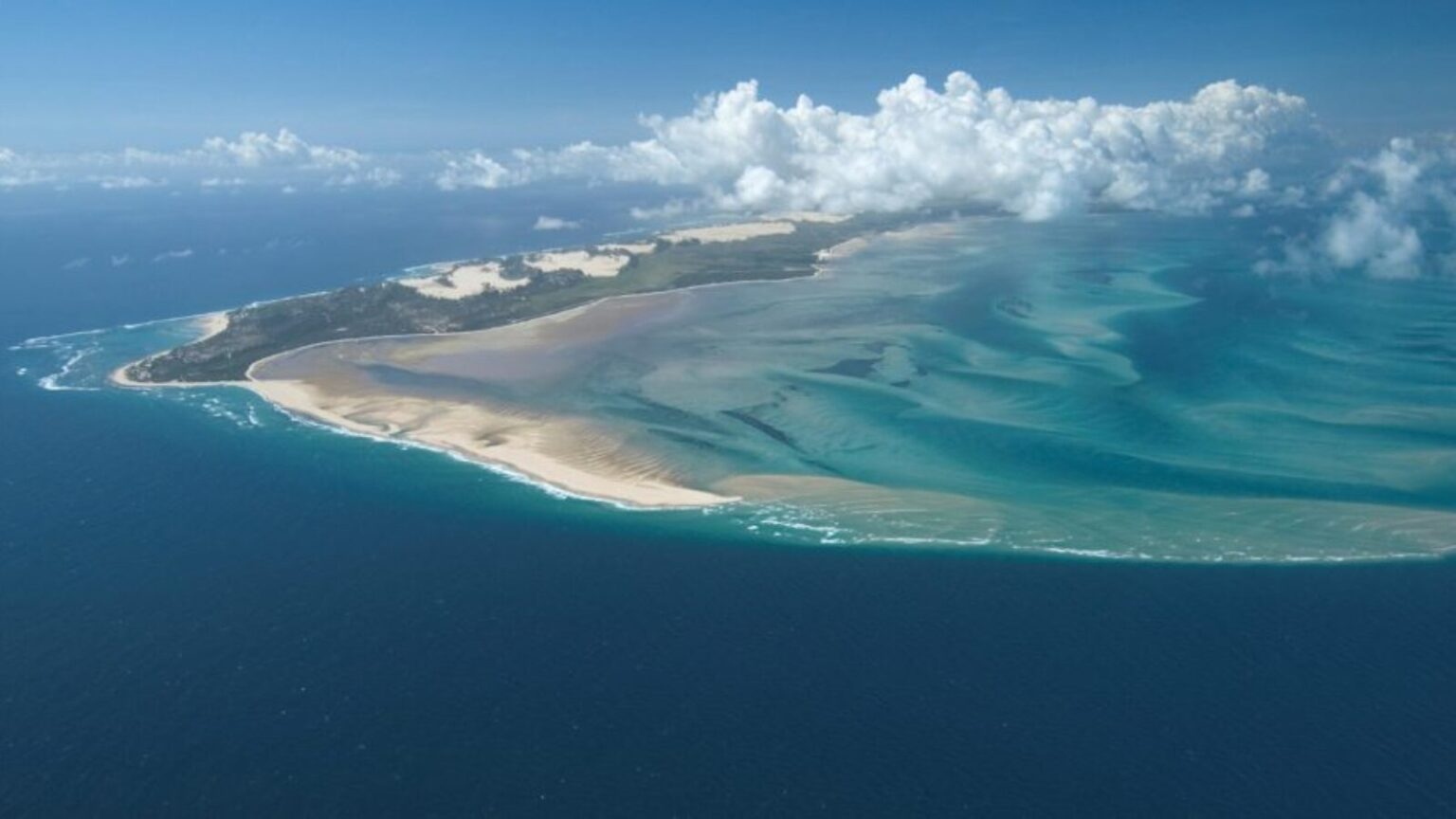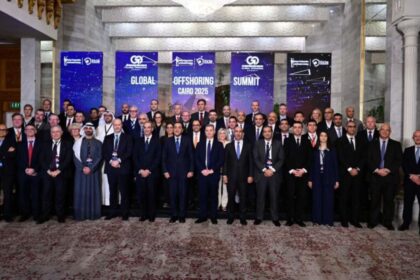At a Glance
- Mozambique’s luxury tourism boom hinges on eco-lodges blending conservation with high-end travel.
- Resorts in Bazaruto and Quirimbas now link luxury pricing to measurable environmental impact.
- Security stability and local partnerships remain critical to sustaining investor confidence.
Mozambique tourism is undergoing a transformation. With its unmatched beach-and-reef coastline, the country is now balancing luxury travel with nature, turning pristine marine ecosystems into elite destinations — and striving to preserve them.
A new wave of ultra-luxury resorts in the Bazaruto Archipelago and the Quirimbas Islands has shifted Mozambique from a budget diving stopover to a global flagship for sustainable tourism. These properties promote conservation and biodiversity as part of their premium offering.
Air travel and tourist data confirm the shift. In 2024, air passenger traffic into Mozambique rose into the low millions, while tourist arrivals increased year-over-year — key metrics luxury investors cite when evaluating high-end resort development. Mozambique arrivals, luxury resort growth, and tourism recovery are trending upwards.

Experiential Travel: Eco-luxury becomes the new demand
More international travelers are willing to pay higher rates for private-island retreats, exclusive biodiversity encounters, and immersive nature-based experiences.
Resorts such as Kisawa Sanctuary on Benguerra Island and remote lodges in the Quirimbas are leading the way — architecture with minimal environmental footprint, guest programming focused on reef restoration, wildlife monitoring, and marine science.
Coral-tagging dives, manta-ray tracking, locally guided conservation walks are part of the luxury package.

The eco-luxury premium & conservation strategy
This new model supports nightly rates well above regional averages, helping underwrite community conservation partnerships.
In the Bazaruto Archipelago, many resorts now share tourism revenues with local communities, hire locally, and source goods from nearby suppliers. This approach is central to both marketing and local trust.
For visitors and operators alike, sustainability credentials are no longer optional — they are a differentiator. Resorts’ conservation programs, marine protected area support, and corporate environmental responsibility are shaping guest expectations and industry standards.
Risks, resilience, and recovery
Despite gains, challenges remain. The humanitarian crisis and insurgency in Cabo Delgado have dampened investor confidence, disrupted infrastructure, and raised safety concerns. Though resorts in Inhambane and Sofala continue operations, stability is uneven in the north.
Tourism recovery hinges on improvements in security, transparent governance, and resilient infrastructure — reliable power, safe air transport, skilled hospitality workforce — all of which are essential to maintain the perception of Mozambique as a safe luxury destination.
From marketing to measurable impact
Leading eco-luxury resorts are shifting from sustainability as a buzzword toward metrics and measurable ecological outcomes.
Zero-waste kitchens, mangrove restoration, funding marine research stations — these are now standard components of luxury resort reports. Guests and institutional buyers demand data.
Balancing growth, community, and ecological integrity
For Mozambique’s local economies, the stakes are high. Luxury tourism delivers more revenue per visitor and better job opportunities than mass tourism — if benefits are distributed and supply chains are localized. Otherwise, gains concentrate among outsiders.
Policymakers and investors face a strategic choice: chase headline growth with rapid expansion, or invest in community integration and ecological carrying capacity for long-term sustainable impact.





